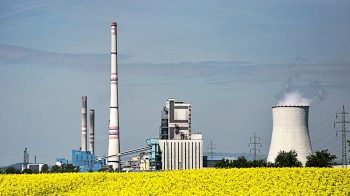The global phytogenic feed additives market size is estimated to account for USD 753 million in 2020 and is projected to reach USD 1,098 million by 2025, recording a CAGR of 7.8% during the forecast period. One of the major factors driving the phytogenic feed additives industry is the growing restriction on the use of antibiotics as a growth promoter. Also, rising concern regarding animal health and feed quality has been driving the growth of this market.
The use of phytogenics in feed has increased drastically after the ban on feed antibiotics by the European Union (EU) in 2006. Along with the ban on antibiotics, numerous health benefits of feed phytogenics, such as an increase in feed intake and improvement of the gut function of livestock, are driving the market globally. The growing organic meat demand in developing countries, such as India and China, is expected to fuel the growth rate of the phytogenic feed additives market.
Request Sample of this Report:
https://www.marketsandmarkets.com/requestsampleNew.asp?id=162036047
The essential oils segment is estimated to dominate the global feed phytogenics market, by type, in terms of value, and is projected to grow at the highest CAGR between 2020 and 2025. The numerous benefits of essential oils, such as producing digestive enzymes, improving gut histology, and antibacterial characteristics, are driving the market for essential oils in the livestock sector.
The poultry segment is estimated to account for the largest share of 45.4% in 2020, in terms of value. It is projected to grow at the highest rate during the forecast period since phytogenics are intensively consumed by broilers for better gut health and have a high feed conversion rate as compared to other livestock types. Poultry in the Asia Pacific region is also witnessing the highest demand, as consumers in Taiwan and Indonesia are adding white meat instead of red meat to their diets
The European region is projected to grow at the highest CAGR during the forecast period. Factors such as the prohibited use of antibiotics in feed, stringent regulations imposed by the European Commission on synthetic feed additives, and growth in the consumption of phytogenics in livestock feed, to enhance feed palatability and livestock performance, are projected to drive market growth in the coming years.
